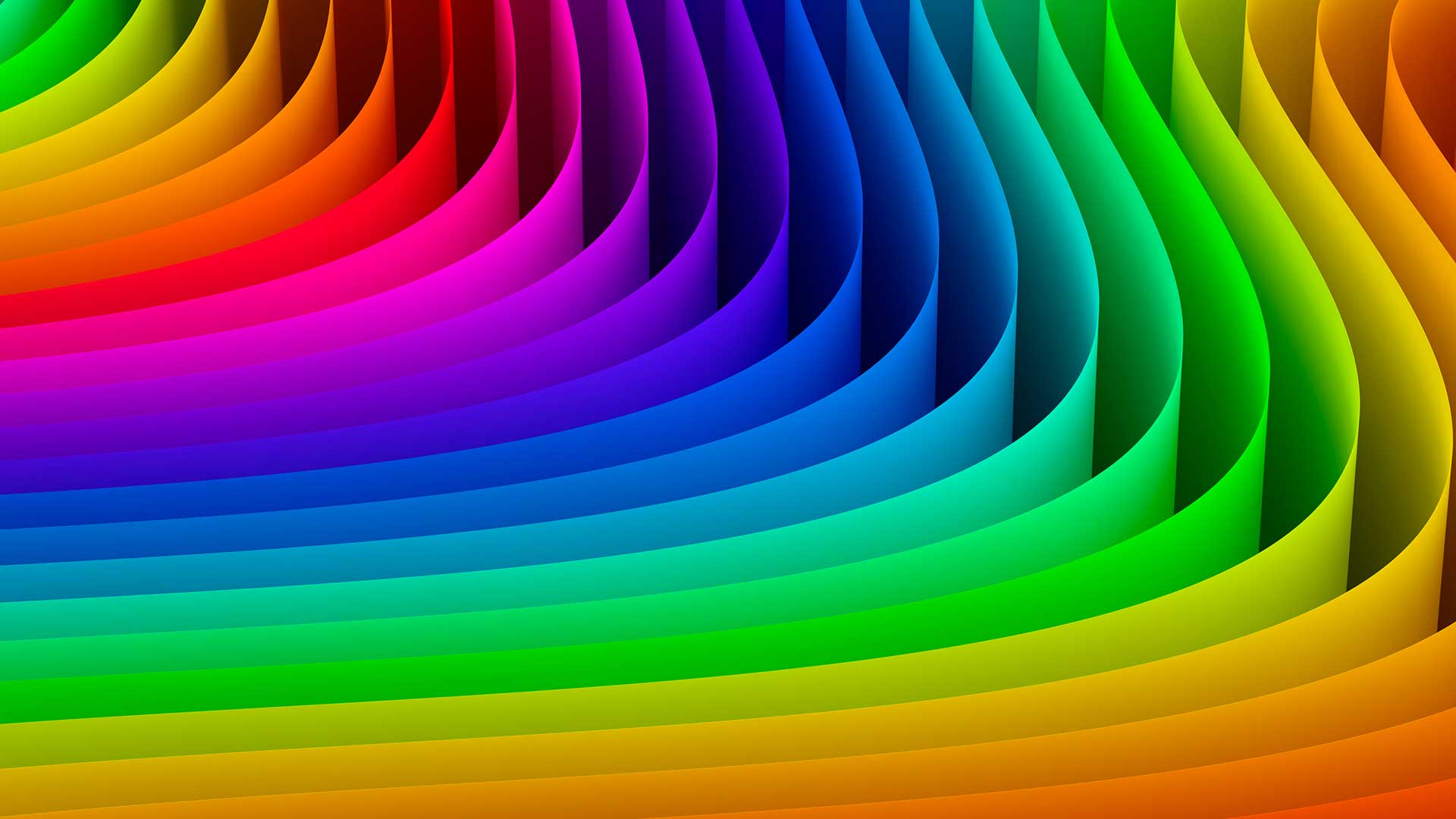
Colours play a very important role as they directly influence consumers’ emotions and represent brands.
Colours are more than aesthetics; each one can convey and evoke a unique sensation associated with a brand. All brands have a colour that represents them, and whenever we mention a brand, the colour is the first thing that comes to mind. To better understand the topic, let’s look at the meaning of colours and how major brands have used them effectively.
Brand colours are important because they reflect the essence of the company and, in the long run, become a reference that strengthens the brand. Visual stimuli capture the public’s attention, and colours play this role very well.
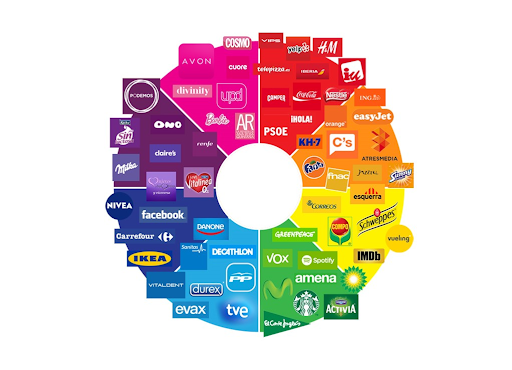
Many brands make colour combinations. In these cases, two types of colour mixes should be considered: harmonious (using similar colours or different shades of the same colour) and complementary colour mixes (colours that appear opposite on the colour wheel), generating vibrant, striking, and energetic compositions. The most used colour in colour mixes is black.
To find the right brand image, you must clearly understand your brand values and the target audience. Based on this, select typefaces and colours that provide information about your business at first glance.
The following questions should be considered for the best colour choice:
Some examples
Starbucks
Starbucks’ logo evolution initially adopted brown as the brand colour, but over time it has changed to green, representing a fresh symbol with environmental awareness, transmitting a sense of security to customers.
Although its latest logo features green and white, we can also add black to its palette, used in the decoration of spaces shared with the public and in all its contents.
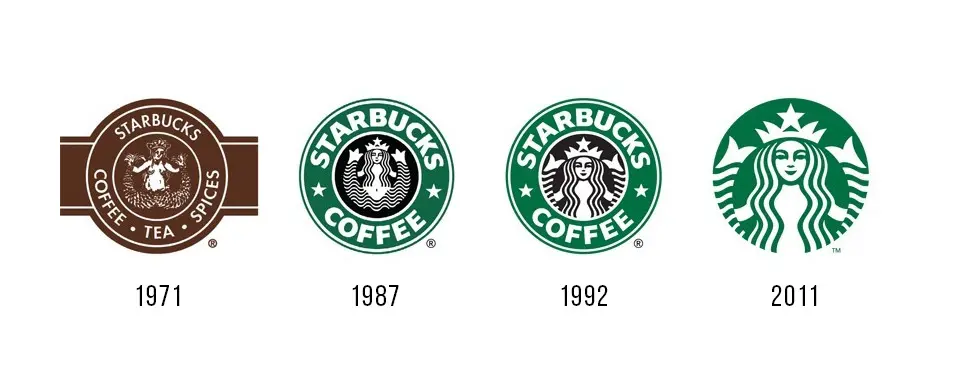
Instagram’s brand colours are a gradient from blue to yellow, passing through violet, magenta, red, and orange. The logo evolution shows an initial analogue camera with brown tones, which has evolved into a camera dominated by warm tones gradient.
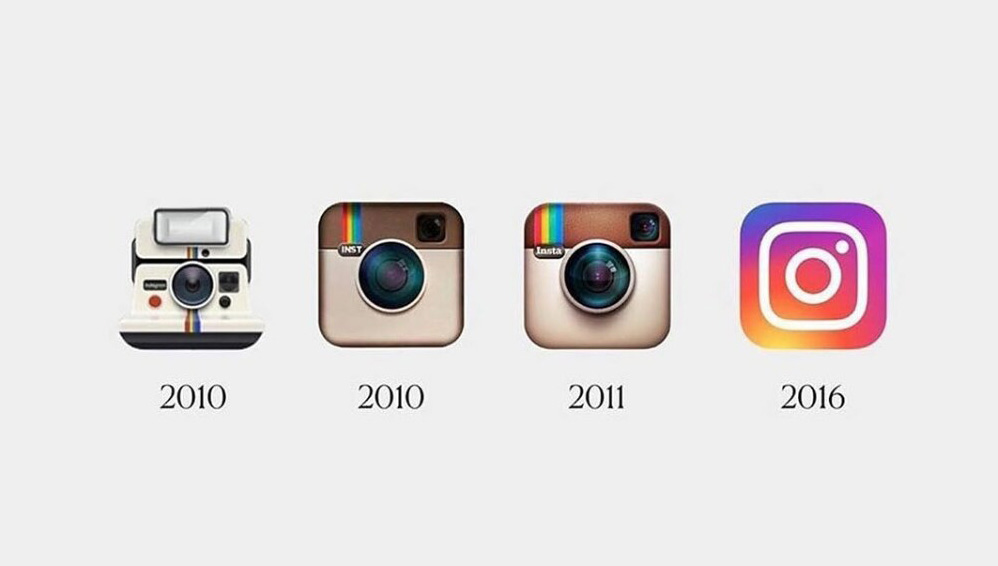
The predominance of these warm colours is no coincidence, as the brand seeks to convey warmth and energy through its brand colours. The variety and intensity of the tones also reflect the power of colour in the app.
Facebook has opted for blue, a colour that conveys calm and tranquility. It is the most natural and recognized colour by humans, as it is the colour of the sky and sea.
Blue increases trust. Royal blue represents innovation and professionalism, and like Facebook, major brands like Twitter, Skype, and WordPress, which focus on technology, use it.
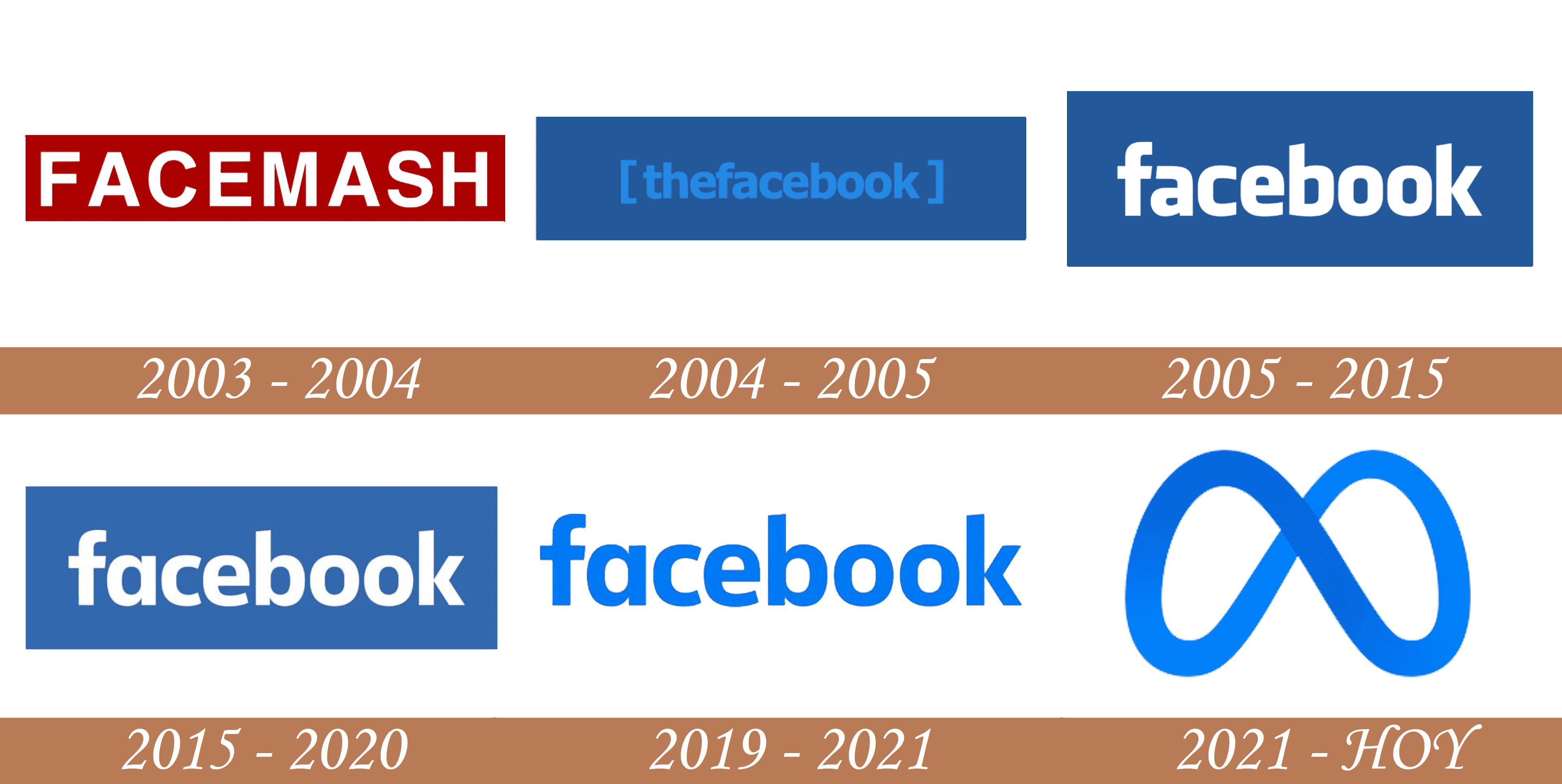
McDonalds
Since its inception, yellow has always been present in this brand. Yellow is a cheerful colour that conveys positivity and clarity. It promotes communication and stimulates mental processes.
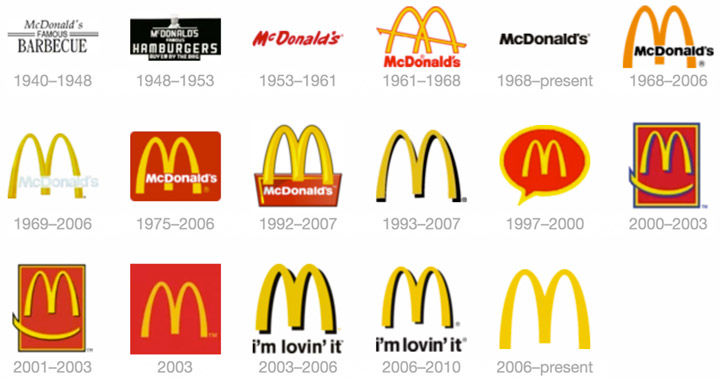
McDonald’s has perfectly combined red and yellow. This mix is necessary because its personality is cheerful and fun.
This past year, it presented a new logo with green due to new vegan menus, and how nature and organic products are directly related to this colour. Trends influence marketing strategies, and brands adapt to reach their audience. Tools like colour or scent representing your brand will help create a design line and a brand image that makes you recognizable and helps differentiate you from the competition.
You may also be interested
open
08:00 AM-18:00 PM Monday – Friday
08:00 AM-18:00 PM Monday – Friday